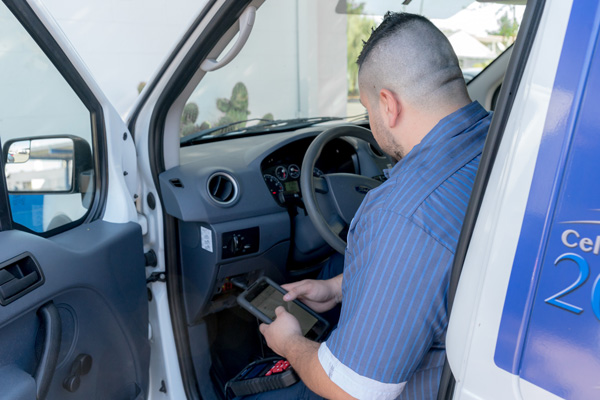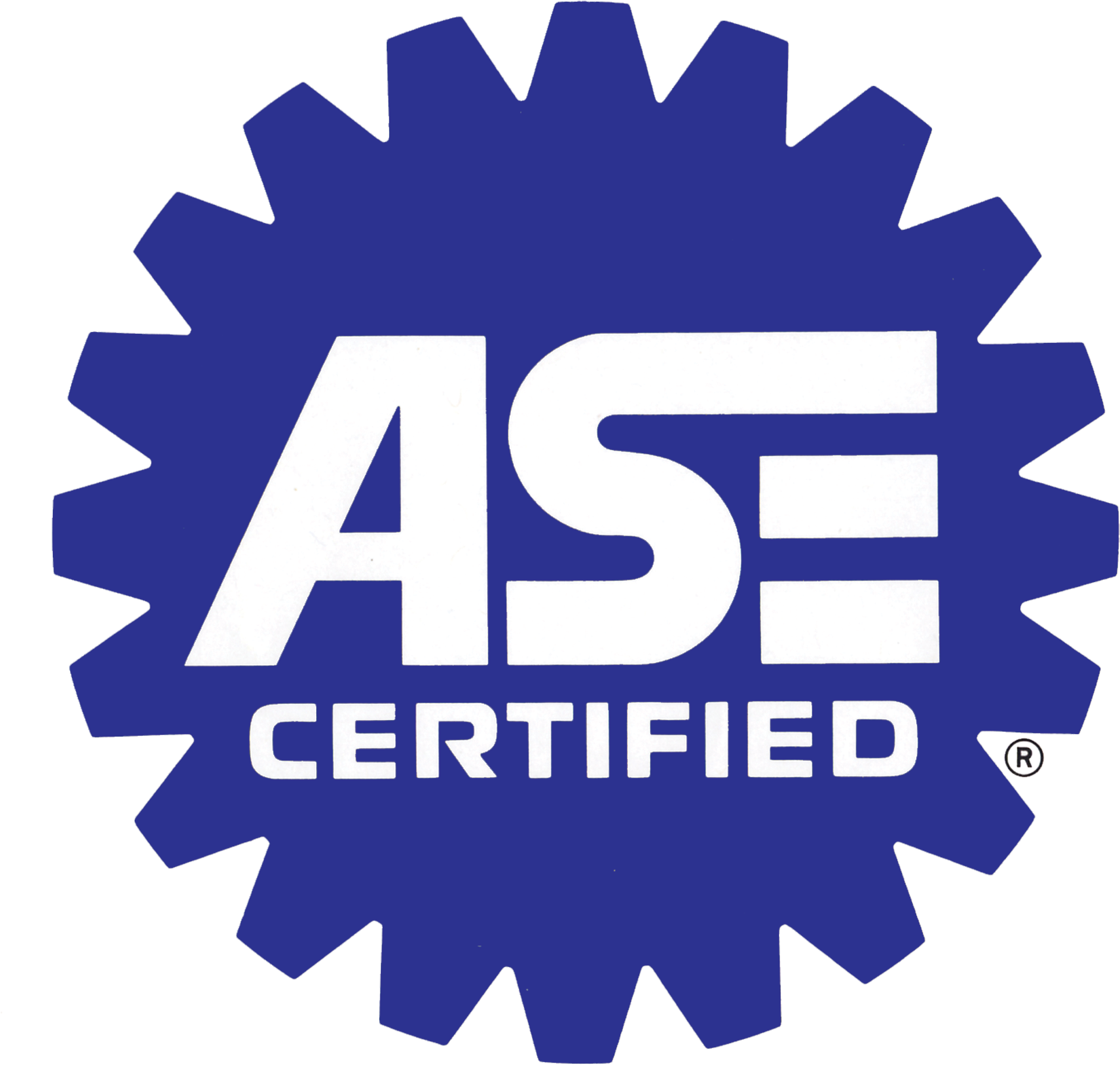IM147 Diagnostics
 The state of Arizona requires emission testing when initially registering a vehicle in the metropolitan areas surrounding Phoenix and Tucson and for registration renewals. IM147 is the testing protocol used for emission testing of gasoline powered light duty vehicles manufactured between 1981 and 1995. Im147 has replaced the older, less accurate IM240 protocol. For 1996 and newer vehicles, on board diagnostics are used to evaluate engine performance. On board diagnostics accesses engine performance data by connecting directly to the computer built into your car. If you are concerned about passing the Arizona emissions test Hi-Tech Car Care has the equipment and expertise to perform the test no matter the age of your car.
The state of Arizona requires emission testing when initially registering a vehicle in the metropolitan areas surrounding Phoenix and Tucson and for registration renewals. IM147 is the testing protocol used for emission testing of gasoline powered light duty vehicles manufactured between 1981 and 1995. Im147 has replaced the older, less accurate IM240 protocol. For 1996 and newer vehicles, on board diagnostics are used to evaluate engine performance. On board diagnostics accesses engine performance data by connecting directly to the computer built into your car. If you are concerned about passing the Arizona emissions test Hi-Tech Car Care has the equipment and expertise to perform the test no matter the age of your car.
Evaporative Emission Repairs
The evaporative emissions control system is designed to prevent the release of hydrocarbons into the atmosphere and includes various components, depending on the age of the car. The positive crankcase ventilation valve (PCV valve) prevents the release into the atmosphere of gases generated in the engine. The PCV valve redirects these gases into the intake manifold so they can be burned in the engine. The PCV valve should be replaced every 40,000 to 60,000 miles. The Fuel cap on newer vehicles is sealed to prevent the release of gasoline vapors into the atmosphere. The fuel cap seal should be examined periodically to assure that it still functions properly. The charcoal canister is designed to trap fuel vapors and hold them in the canister. the charcoal canister can become clogged and require replacement.
Catalytic Converter
The three main undesirable constituents of automobile exhaust are carbon monoxide, unburned fuel and oxides of nitrogen. A catalytic converter converts these pollutants into carbon dioxide, nitrogen and water. A level of unburned fuel which is too high can cause the catalytic converter to overheat and to melt. A catalytic converter can also be damaged by substances which coat the working surfaces and prevent the exhaust from contacting them. The worst offender in this regard is lead; this is one reason why lead is no longer used as a fuel additive If your catalytic converter is damaged, it must be replaced.
Oxygen Sensors
The oxygen sensor is located in your car’s exhaust stream and measures the concentration of fuel relative to air. This information is sent to your car’s onboard computer which adjusts the incoming fuel/air mixture. Too little air relative to fuel results in unburned fuel and decreased fuel economy. As noted above, too much unburned fuel in the exhaust can damage the catalytic converter. Too much air relative to fuel can cause your engine to run hot and can damage your engine as well as your catalytic converter and oxygen sensor. An oxygen sensor can fail due to buildup of contaminants, such as lead from leaded gasoline, and from normal aging. A failed or failing oxygen sensor must be replaced immediately.
Common Emissions Repairs
The emission system is a vital part of a vehicle, as it helps to reduce the amount of harmful pollutants released into the air. Over time, various components of the emission system can become worn out or damaged, and it’s important to address these issues to ensure the vehicle is running smoothly and efficiently. Some common emission system repairs that may be needed include:
- Oxygen sensor replacement: The oxygen sensor is responsible for measuring the amount of oxygen in the exhaust fumes, and it can become worn out or damaged over time. If the oxygen sensor is not functioning properly, it can affect the fuel efficiency and performance of the vehicle. Hi-Tech Car Care can replace the oxygen sensor to ensure the emission system is working efficiently.
- Catalytic converter replacement: The catalytic converter is a key component of the emission system, and it helps to reduce the amount of harmful pollutants released into the air. If the catalytic converter is not functioning properly, it can affect the performance and fuel efficiency of the vehicle. Hi-Tech Car Care can replace the catalytic converter to ensure the emission system is working efficiently.
- Evaporative emission control system (EVAP) repairs: The EVAP system helps to prevent fuel vapors from being released into the atmosphere, and it can become damaged or clogged over time. If the EVAP system is not functioning properly, it can affect the performance and fuel efficiency of the vehicle. Hi-Tech Car Care can perform repairs to the EVAP system to ensure it is working efficiently.
- Exhaust system repairs: The exhaust system helps to reduce the amount of noise and pollutants released by the vehicle, and it can become damaged or clogged over time. If the exhaust system is not functioning properly, it can affect the performance and fuel efficiency of the vehicle. Hi-Tech Car Care can perform repairs to the exhaust system to ensure it is working efficiently.
We stand behind our work and offer warranties on most parts (over 90%) and service for 3 years or 36,000 miles.
Looking for roadside assistance? Call us now 1-866-588-0728 or visit our roadside assistance page for more information
For more information regarding our Auto Repair Service including Comfort Systems visit our Auto Repair Services Page
Submit your review | |
I went to Hi-Tech Car Care, and from the second I walked into the front office, I knew there was something different about this shop than other car repair shops I have been in. For some reason, I felt right at home right away and this turned out to sum up my entire first experience at Hi-Tech. Ted and Jim were very welcoming, and Ted confirmed they could clean my engine and helped me with my Catalytic Converter.









